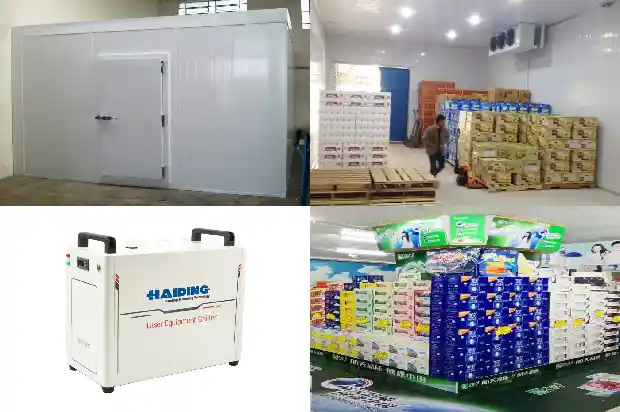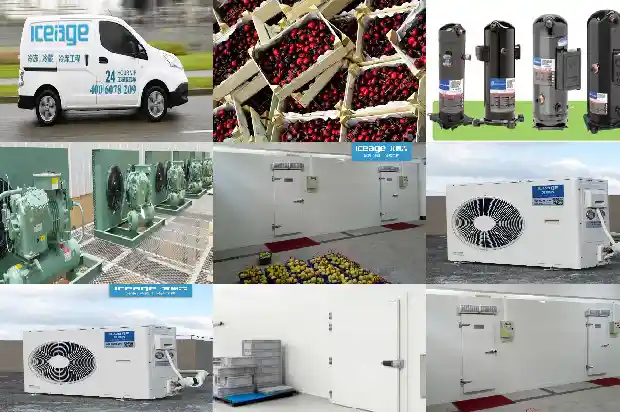Introduction to Oil Collector in Refrigeration System
2024-10-01
In the refrigeration system, the oil collector is often used in conjunction with the oil separator. It is used to collect the lubricating oil in the oil separator and other equipment and release the oil at low pressure. Also known as an oil drainer or oil reservoir. It is mostly used in ammonia refrigeration systems. By collecting the lubricating oil separated in the system and discharging it in time, ammonia loss is reduced, system safety is ensured, and the heat exchange efficiency of equipment is improved.
The oil collector used in ammonia refrigeration systems is a cylindrical container welded with steel plates. The structural form is generally vertical. There is an oil drain pipe at the bottom, and there are also a pressure gauge and a liquid level indicator. The oil inflow does not exceed 70% of its volume.
Some large Freon refrigeration systems are also equipped with oil collectors (oil reservoirs) for storing lubricating oil that does not remain in the compressor crankcase, is not in the oil separator, and does not circulate in the system. When installing, it is recommended that the oil outlet at the bottom of the oil collector be about 0.




For the oil collector in the ammonia refrigeration system, in order to ensure the refrigeration effect, it is necessary to drain oil regularly. Before draining oil, the operator needs to wear rubber gloves. When draining oil, operate in strict accordance with the safety operation procedures of the oil collector. During the oil draining period, the operator must not leave and stand on the side and upwind of the oil drain pipe, and closely pay attention to the changes in the oil level in the oil separator and the oil collector. After the oil draining is completed, record the time of oil draining and the amount of oil drained.
Related Articles
- Introduction to Inspection and Handling Methods for Refrigerant Leak in Cold Storage
- Introduction to Control Valves in Refrigeration Systems
- Introduction to Basic Types of Cold Storage
- Introduction to Lithium Bromide Absorption Chillers
- Introduction to the Advantages of Dual - temperature Cold Storage
- Introduction to Various Water Tanks in Air - conditioning Systems
- Introduction to the Cleaning Processes and Methods of Heat Exchangers and Cooling Towers
- Introduction to Six Kinds of Two-stage Compression Refrigeration Systems
- Introduction to Key Points of Compressor Grouping in Quick-freezing Cold Storage
- Introduction to the Construction and Features of Cold Storage in Cold Chain Logistics
- All-round Introduction to Condensers and Evaporators!
- Introduction to Vapor Barrier of Cold Storage and Moisture Protection of Equipment
- Technical Introduction of Process Cooling Water System
- Introduction to Air-cooled Chiller
- Introduction to Five Classification Functions of Cold Storage Installation for Refrigeration
- Introduction to Precooling Methods for Fruits and Vegetables
- Introduction to the Relationship between Refrigerants and Cold Storage Temperatures
- Introduction to Types of Condensers in Cold Storage
